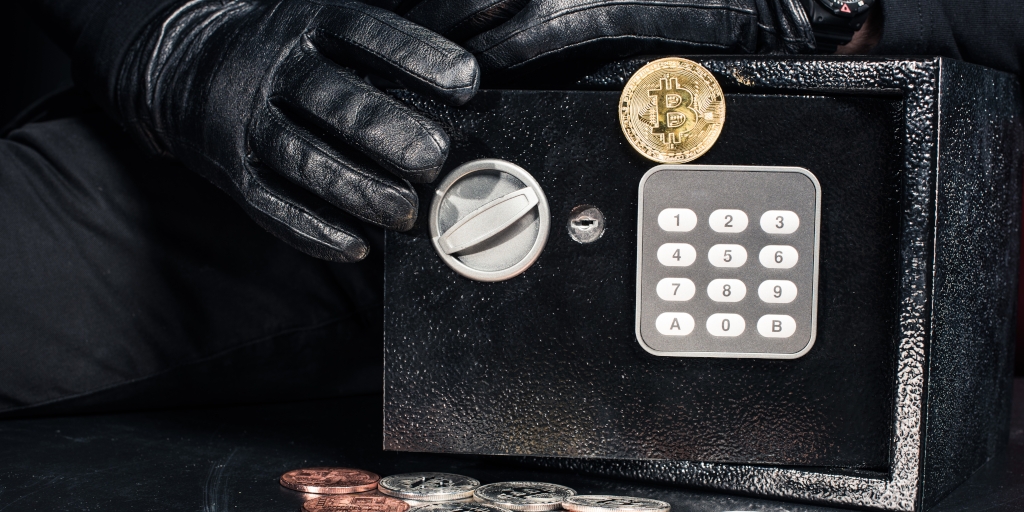Hello Humble Stackers! Welcome to our blog, we post company updates and selected Bitcoin stories here. Maybe even some new deals and special offers too!
First stage: your Lightning Wallet ⚡
While bitcoin is the most secure network in the world, it does come with certain limitations. There is only limited available space to store bitcoin transactions on the bitcoin network. On average, this is 1MB every 10 minutes, which roughly comes down to 1600 transactions/10 minutes. For a global currency, this would not even be close to what is required. This limitation ignited the Lightning Network's development, built on top of bitcoin to do smaller value transactions securely.
At Stekking, we only do bitcoin transactions via the Lightning Network as we mostly pay transactions between 100 to 100.000 satoshis. These would be too costly to execute straight on the bitcoin network.
Once your Stekking satsback is confirmed and available for payout, you need to claim them via your account to an LNURL compatible Lightning Wallet. While many great developers are working on various Lightning wallets, we recommend you try out Breez and BlueWallet.
It is generally acceptable to keep smaller amounts on your Lightning wallet so that you can easily spend these satoshis (usually by scanning a QR-code with your phone). Once your satoshis' value exceeds €500, we recommend you skim some of your precious satoshis to an actual bitcoin wallet.
Step 2: a bitcoin hot wallet 🔥
Once you've got a substantial amount of satoshis, it's advisable to move them off the Lightning Network and put them in an actual bitcoin address. Notice that this may very well happen in the same bitcoin app! For example, in BlueWallet, there is a separate wallet section for "on-chain" bitcoin. Once you start using a bitcoin wallet, it's crucial to properly back-up your wallet! If you were to lose your phone and don't have a back-up, you would permanently lose your bitcoin!
When you set up a bitcoin wallet, you'll be able to write down 12 or 24 (seemingly random) English words. These words are also known as your mnemonic recovery seed. When you make this back-up:
- never take a photo of your recovery seed;
- never store it digitally on your computer (in a Word document or text file);
- never store it on cloud storage (Dropbox, Google Cloud, iCloud, etc.);
- never share it with anyone.
Many scammers try to mimic bitcoin wallets and ask you to type in the recovery seed phrase. In doing so, you'll willingly hand over your bitcoin to the scammer. Don't do this! A genuine bitcoin wallet will never ask you for the seed phrase unless you recover the wallet because you've lost your phone.
As a hot wallet, the Stekking team can recommend you try out Blockstream Green. It's an easy to use bitcoin wallet with additional security features, such as Two-factor authentication (2FA). You can quickly move satoshis from a Lightning wallet to a bitcoin address by using providers such as ZigZag, FixedFloat, and Boltz.Exchange. Once again, hot wallets only suffice up until a certain amount of bitcoin. Starting from €1000 worth of bitcoin, we strongly encourage you to look into a hardware wallet: stage three.
Third Phase: a cold-storage bitcoin wallet 🥶
Once you've got a significant amount of satoshis (> €1000 worth), we recommend you invest in a hardware wallet. These little devices make sure that your bitcoin private keys are disconnected from the Internet, also known as cold storage. Hardware wallets are much more secure, as long as you keep your seed phrase securely stored (preferably in a fire/water-proof vault).
A few hardware wallets are available, all varying in their target audience and how complicated they are to use. The most commonly used hardware wallets are the "Trezor Model One" and "Ledger Nano S". These manufacturers also offer a more advanced version; the Trezor Model T and Ledger Nano X. These advanced models provide additional functionalities for altcoins but are not required if you only want to store bitcoin on them. Ledger recently suffered from a significant data breach, so as a bitcoin security company, we cannot recommend this company at the moment.
Less known but excellent alternatives are the Swiss BitBox, and the Canadian made Coldcard. More advanced bitcoiners generally use these hardware wallets as they are very secure. The Coldcard is a little bit more challenging to use for novice bitcoiners, so we recommend you try out the Trezor Model One or Bitbox. If you are more technical oriented, check out Blockstream's new wallet "Jade" or the Coldcard.
Final tip; whichever hardware wallet you decide to go with, always buy the device straight from the manufacturer and do not buy it from a local reseller or Amazon. By doing so, you minimize the risk of the device being tampered with in the shipping process.
More Bitcoin 101
We hope you’ve enjoyed our first blog post in the series “Bitcoin 101 - What is bitcoin?“. We’ll be publishing one blog post every week answering many of the questions we’ve heard from our Stekking users who are new to bitcoin:
- What is bitcoin?
- How and where can I buy bitcoin?
- How and where can I use bitcoin?
- Where should I keep my bitcoin stored safely?
- How does a bitcoin transaction work?
- How does bitcoin mining work?
- What are the advantages and disadvantages of using bitcoin?
- What is a blockchain and how does it work?
- How does bitcoin compare to other cryptocurrencies?
- Why should I want to have bitcoin?


